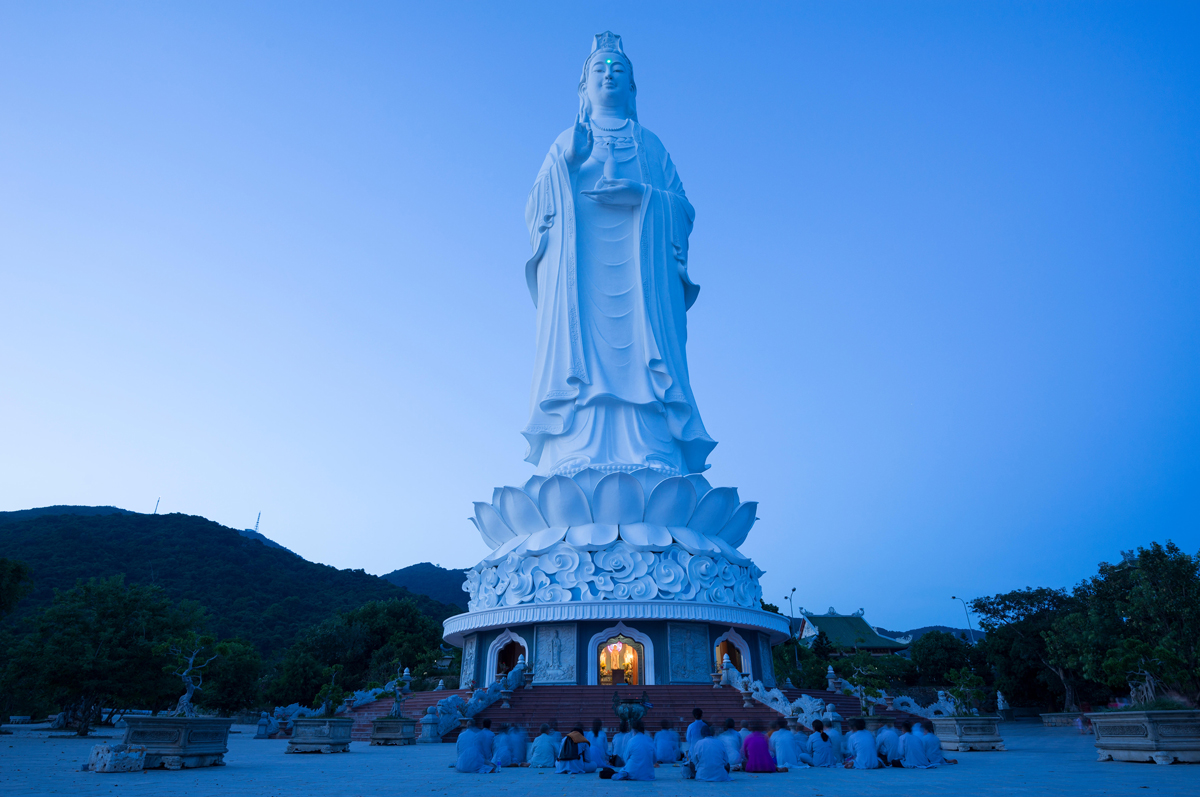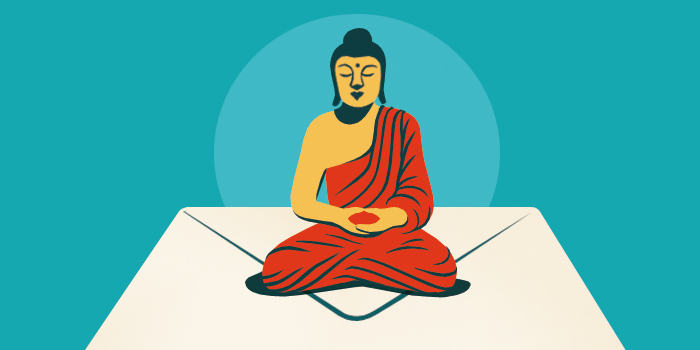What is a bodhisattva?

Kwan Yin, also known as Avalokiteshvara (Skt.) or Chenrezig (Tib.), is widely regarded as the bodhisattva of compassion. This statue of Kwan Yin is in Da Nang, Vietnam. | Bob Henry / Alamy Stock Photo
Bodhisattva (bodhisatta in Pali) is one of those words that entered our language from Sanskrit untranslated (like karma) because no equivalent term exists in English. It is a combination of bodhi, “enlightenment” (or “full knowledge”), and sattva, “a being.” In early Indian Buddhism, and to this day in Theravada Buddhism, the word refers to the Buddha-to-be, Siddhartha Gautama, in both his past lives and his final lifetime, during his quest for enlightenment.
In Mahayana Buddhism, which includes Zen, Chan, and Tibetan Buddhism, the term bodhisattva took on a far wider definition: anyone who vows to become enlightened in order to relieve the suffering of all sentient (conscious) beings. There are many kinds of bodhisattvas included in this definition, ranging from ordinary people to what’s called a celestial bodhisattva, which comprise a pantheon of deity-type figures in Mahayana traditions.
One such celestial bodhisattva is the bodhisattva of compassion (named Avalokiteshvara in Sanskrit, Chenrezig in Tibetan, and Kwan Yin in Chinese), who is revered in many Mahayana schools and featured in countless Buddhist statues and images. The bodhisattva of compassion takes both male and female forms and kindles inspiration and devotion in many Buddhists around the world. The Dalai Lama himself is viewed by his followers as the embodiment of Chenrezig.
Any sincere follower of a Mahayana school can take or recite the “bodhisattva vow (or vows).” In taking the vows, Buddhists commit to liberating all sentient (conscious) beings; to abandon the “three poisons” of greed, hatred, and ignorance; and to keep those vows for this and all future lifetimes. When someone recites the vows, they become, in name, a bodhisattva.

Tricycle is more than a magazine
Gain access to the best in sprititual film, our growing collection of e-books, and monthly talks, plus our 25-year archive
Subscribe now